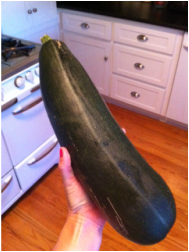
When we were in Costa Rica the weeds got completely out of control! I never really recovered. Consequently I noticed that a lot of the plants were flowering but not producing any fruit. I decided if the birds and the bees weren't getting it done, then I was going to have to pollinate the garden myself! So I went out with a few Q-tips, rubbed it in the blossoms of the flowers and waited. I kept a metal note of what flowers I had done this to. To my surprise it worked and I got zucchini and cucumbers from it!
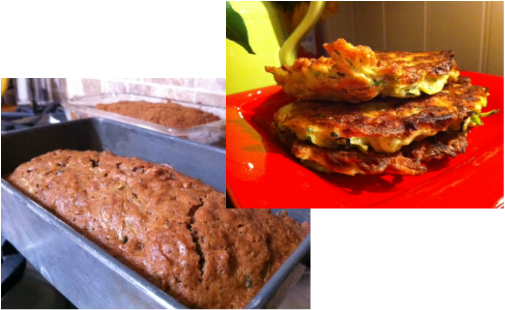
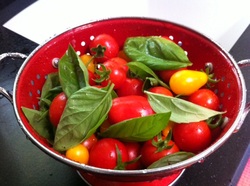
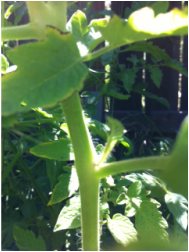
1. Weeding, weeding, and more weeding. I know, it's the pits.
2. Also, maintain your tomato plants. In the crotch of the branches little starter branches will grow like you see in this picture. At the point in the summer they will not bare fruit. So you have to pull these sucklers off. The plant will use all the energy growing these extra branches that don't benefit you! If you have tomatoes on the vines, but they are not turning red, or they are splitting then cut back the water. Tomatoes need to be starved of water a little in order to ripen.
3. Plant anything that you want growing for the fall if you haven't already (I haven't).

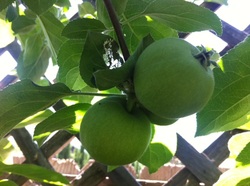
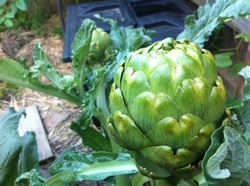
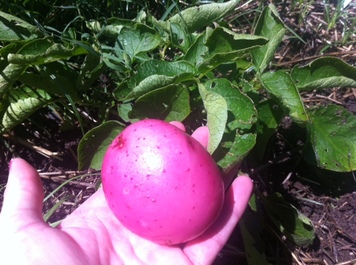
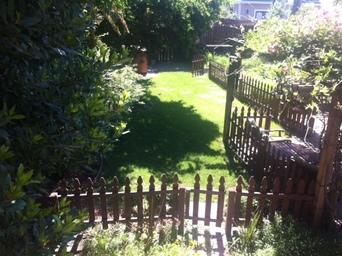
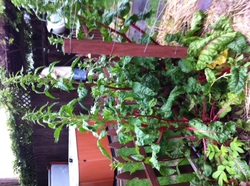
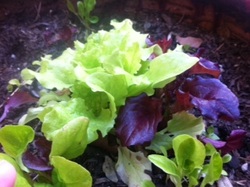
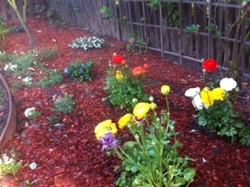
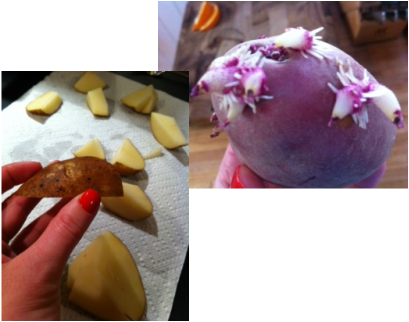
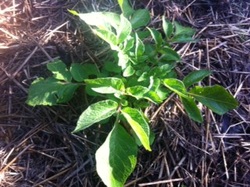

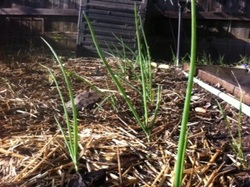
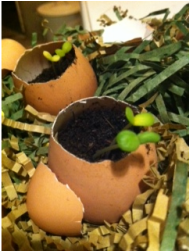
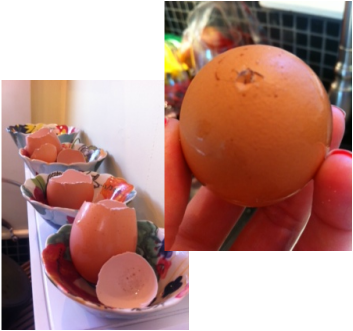
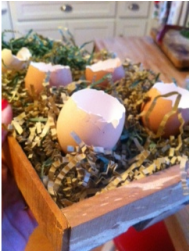
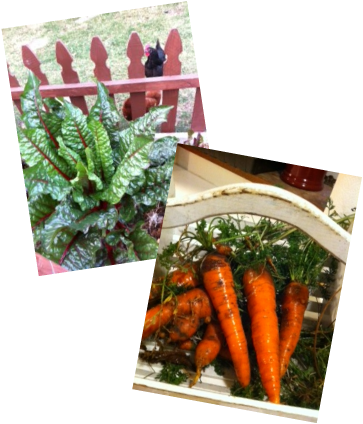
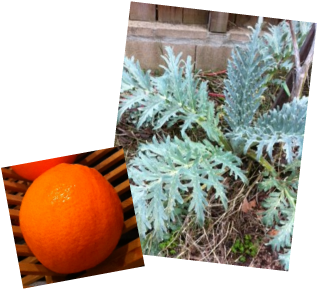
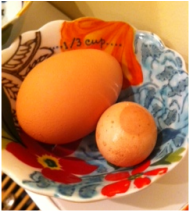
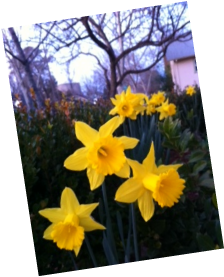
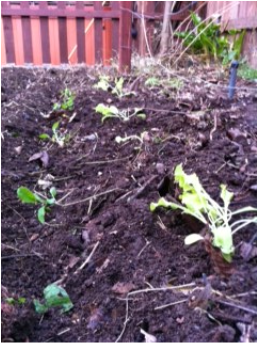
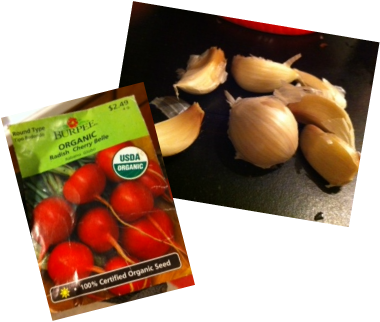

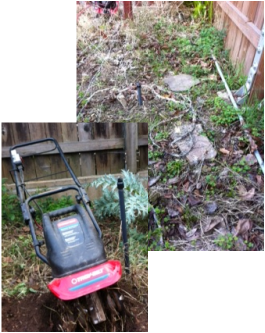
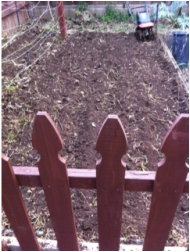
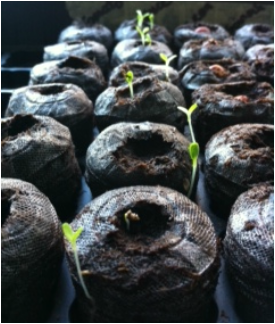
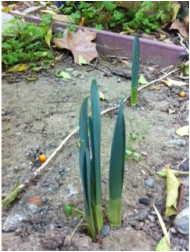
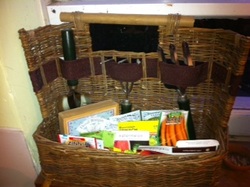
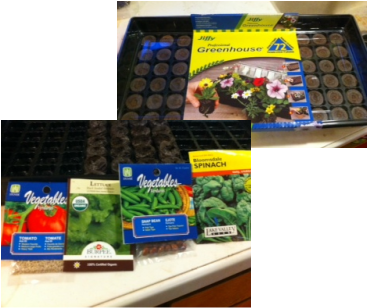
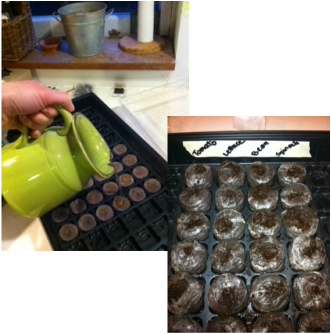
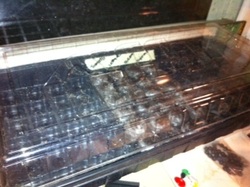

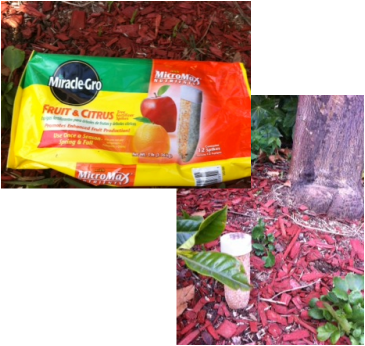
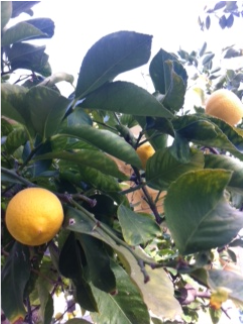
 RSS Feed
RSS Feed
